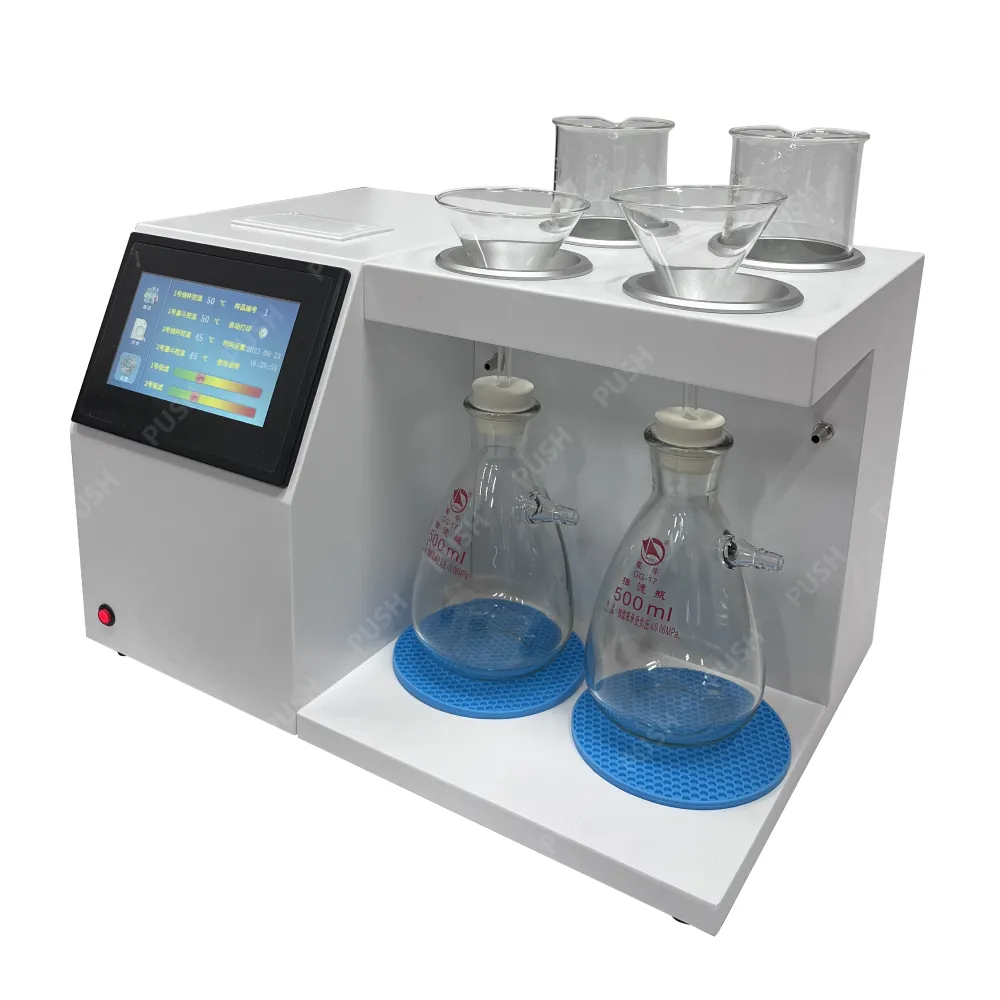 English
English



-
 Afrikaans
Afrikaans -
 Albanian
Albanian -
 Amharic
Amharic -
 Arabic
Arabic -
 Armenian
Armenian -
 Azerbaijani
Azerbaijani -
 Basque
Basque -
 Belarusian
Belarusian -
 Bengali
Bengali -
 Bosnian
Bosnian -
 Bulgarian
Bulgarian -
 Catalan
Catalan -
 Cebuano
Cebuano -
 China
China -
 China (Taiwan)
China (Taiwan) -
 Corsican
Corsican -
 Croatian
Croatian -
 Czech
Czech -
 Danish
Danish -
 Dutch
Dutch -
 English
English -
 Esperanto
Esperanto -
 Estonian
Estonian -
 Finnish
Finnish -
 French
French -
 Frisian
Frisian -
 Galician
Galician -
 Georgian
Georgian -
 German
German -
 Greek
Greek -
 Gujarati
Gujarati -
 Haitian Creole
Haitian Creole -
 hausa
hausa -
 hawaiian
hawaiian -
 Hebrew
Hebrew -
 Hindi
Hindi -
 Miao
Miao -
 Hungarian
Hungarian -
 Icelandic
Icelandic -
 igbo
igbo -
 Indonesian
Indonesian -
 irish
irish -
 Italian
Italian -
 Japanese
Japanese -
 Javanese
Javanese -
 Kannada
Kannada -
 kazakh
kazakh -
 Khmer
Khmer -
 Rwandese
Rwandese -
 Korean
Korean -
 Kurdish
Kurdish -
 Kyrgyz
Kyrgyz -
 Lao
Lao -
 Latin
Latin -
 Latvian
Latvian -
 Lithuanian
Lithuanian -
 Luxembourgish
Luxembourgish -
 Macedonian
Macedonian -
 Malgashi
Malgashi -
 Malay
Malay -
 Malayalam
Malayalam -
 Maltese
Maltese -
 Maori
Maori -
 Marathi
Marathi -
 Mongolian
Mongolian -
 Myanmar
Myanmar -
 Nepali
Nepali -
 Norwegian
Norwegian -
 Norwegian
Norwegian -
 Occitan
Occitan -
 Pashto
Pashto -
 Persian
Persian -
 Polish
Polish -
 Portuguese
Portuguese -
 Punjabi
Punjabi -
 Romanian
Romanian -
 Russian
Russian -
 Samoan
Samoan -
 Scottish Gaelic
Scottish Gaelic -
 Serbian
Serbian -
 Sesotho
Sesotho -
 Shona
Shona -
 Sindhi
Sindhi -
 Sinhala
Sinhala -
 Slovak
Slovak -
 Slovenian
Slovenian -
 Somali
Somali -
 Spanish
Spanish -
 Sundanese
Sundanese -
 Swahili
Swahili -
 Swedish
Swedish -
 Tagalog
Tagalog -
 Tajik
Tajik -
 Tamil
Tamil -
 Tatar
Tatar -
 Telugu
Telugu -
 Thai
Thai -
 Turkish
Turkish -
 Turkmen
Turkmen -
 Ukrainian
Ukrainian -
 Urdu
Urdu -
 Uighur
Uighur -
 Uzbek
Uzbek -
 Vietnamese
Vietnamese -
 Welsh
Welsh -
 Bantu
Bantu -
 Yiddish
Yiddish -
 Yoruba
Yoruba -
 Zulu
Zulu
stability test of power transformer
Stability Test of Power Transformers
The stability of power transformers is a critical consideration in the design and operation of electrical power systems. Transformers play a vital role in the transmission and distribution of electrical energy, serving as the interfaces that step up or step down voltage levels to ensure efficient power delivery. Power transformers, in particular, are subjected to various stresses throughout their operating life, including electrical, thermal, and mechanical stresses. Hence, conducting stability tests on power transformers is essential for ensuring their reliable operation.
What is a Stability Test?
A stability test is a systematic examination of a power transformer's ability to maintain stable operating conditions under various load scenarios and environmental factors. These tests help identify potential issues that could lead to transformer failure or reduced efficiency. Stability tests typically assess several parameters, including voltage regulation, temperature rise, and the transformer's response to short-circuit conditions.
Types of Stability Tests
1. Thermal Stability Tests These tests evaluate a transformer's ability to dissipate heat generated during operation. Excessive heat can lead to insulation breakdown and reduced lifespan. The most common method for assessing thermal stability involves simulating full-load conditions and measuring temperature rise over time.
2. Short-Circuit Stability Tests These tests analyze a transformer's performance during short-circuit conditions, which can occur due to faults in the power system. The test aims to measure the impedance of the transformer and its ability to withstand the fault currents without damage.
3. Voltage Regulation Tests Voltage regulation is crucial for maintaining the quality of power delivered to consumers. This test involves varying the load on the transformer and measuring the voltage drop, ensuring that the transformer can maintain acceptable voltage levels under different loading scenarios.
4. Dynamic Stability Tests These tests assess the transformer’s dynamic response to changes in load or system conditions. This is vital for understanding how the transformer interacts with other elements in the power grid, especially in scenarios of sudden load changes or disturbances.
stability test of power transformer

Importance of Stability Tests
Conducting stability tests on power transformers is of paramount importance for several reasons
- Reliability Testing ensures that transformers will operate reliably under various fault conditions, thus maintaining supply continuity.
- Longevity Identifying weaknesses through stability testing can lead to enhancements that extend the lifespan of the transformer. Proactive identification of potential failure points allows for timely maintenance or upgrades.
- Safety Short-circuit conditions and overheating can pose significant safety risks, both to equipment and personnel. Stability tests help mitigate these risks by ensuring transformers can handle stress without catastrophic failures.
- Performance Optimization Understanding how transformers perform under different loads can help utilities optimize their operations, reducing costs and improving efficiency.
Conclusion
In a world increasingly reliant on stable and efficient electrical power systems, the stability of power transformers cannot be overstated. The rigorous testing of transformers helps ensure their robust performance in a variety of challenging conditions. By investing in stability tests, utilities and industries can protect their infrastructure, enhance safety, and prolong the life of their electrical equipment. This, in turn, supports the broader goal of maintaining an uninterrupted and reliable power supply to consumers. As technology evolves, advancements in testing methodologies will continue to improve the reliability and efficiency of power transformers, ensuring that they meet the demands of the future.
-
Testing Equipment Industry Sees Major Advancements in 2025: Smart & Precision Technologies Lead the WayNewsJun.06,2025
-
Applications of Direct Current Generators in Renewable Energy SystemsNewsJun.05,2025
-
Hipot Tester Calibration and Accuracy GuidelinesNewsJun.05,2025
-
Digital Circuit Breaker Analyzer Features and BenefitsNewsJun.05,2025
-
Benefits of Real-Time Power Quality Monitoring Devices for Industrial EfficiencyNewsJun.05,2025
-
Earth Fault Loop Testing in High-Rise Building Electrical SystemsNewsJun.05,2025



